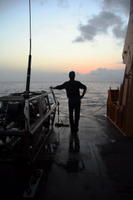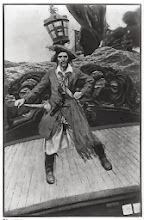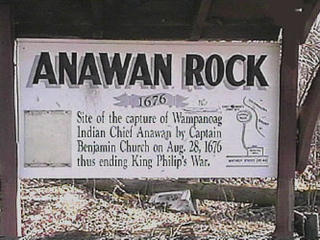Ballard's Lost City Project

Here's a REALLY neat series of links. My company recently assisted in the data communications work for the Ballard Lost City Project at the University of Rhode Island. Dr. Robert D. Ballard is Director of the Institute for Archaeological Oceanography at URI's Graduate School of Oceanography, and is the man who discovered the Titanic.

This summer he is running a project in the middle of the Atlantic to study thermal vents at the ocean's floor. Live video is being sent back for the project's duration, which runs from July 24 to Aug 2nd. Follow any of these links to see some really incredible footage, sent live from the bottom of the Atlantic into space and then across the internet to you:
http://lostcity.jason.org/
http://www.immersionpresents.org/
Here is a description of the project from the Jason website:
The scientists and researchers will study the Lost City hydrothermal field (LCHF) and surrounding region using the NOAA ship Ronald H. Brown and the Institute for Exploration’s remotely operated vehicles (ROVs) Argus and Hercules. This program brings together the excitement of investigating a submarine hot spring system like no other yet seen
 within the world’s oceans, and new technology that allows shore-based scientists nearly 5,000 miles away to conduct “seagoing” research in real-time via the underwater robotic systems and satellite transmissions. The ROVs are supported by a state-of-the-art shipboard control system and ship-to-shore satellite telecommunication system that will send live video, audio, and scientific data to shore-based command centers that will be used by geologists, chemists and biologists associated with the expedition. Through live transmission, this expedition will bring never-before-seen views of this remarkable submarine ecosystem to researchers, educators, and the public.
within the world’s oceans, and new technology that allows shore-based scientists nearly 5,000 miles away to conduct “seagoing” research in real-time via the underwater robotic systems and satellite transmissions. The ROVs are supported by a state-of-the-art shipboard control system and ship-to-shore satellite telecommunication system that will send live video, audio, and scientific data to shore-based command centers that will be used by geologists, chemists and biologists associated with the expedition. Through live transmission, this expedition will bring never-before-seen views of this remarkable submarine ecosystem to researchers, educators, and the public.





